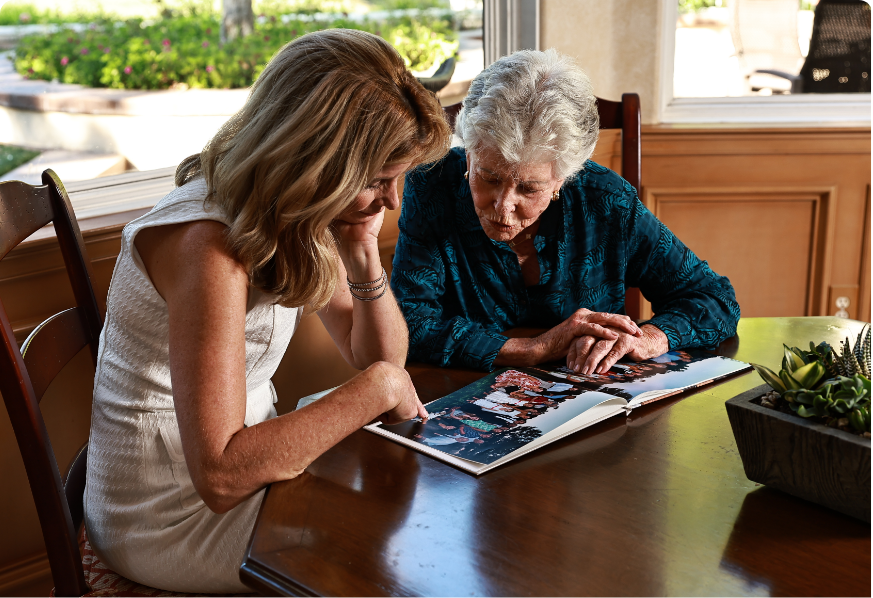My mother Betty is turning 96 next week. She was never been athletic, nor daring, and she the first to say that she didn’t have a great attitude as a younger woman. But…
Betty is crushing it as an older person. She is thriving in old age. She has what we all want - a vital quality of life all the way to the end. How did she end up this way?
Spoiler alert, it’s not her genes.
Anyone who says “age is just a number” has not reached the high numbers. Aging is not easy, and “forever young” is not a plan. Regardless of how many burpees you can do or protein smoothies you chug, the passing of time brings challenges. Partners grow ill, leave, pass away, or all of the above. Roles that you relished in the work force and at home come to an end. The words on the menus seem to shrink, necks sag, and actors on TV seem to mumble.
On the other hand, aging is not the downhill slide that people believe it is. A multibillion-dollar anti-aging industry profits when you feel awful about yourself and fear aging like the plague. The tragedy of aging is not that we will all grow old and die, but that aging has been made unnecessarily, and at times excruciatingly, painful and humiliating. Aging does not have to be this way.
When it comes to longevity, the primary focus has been upon lifespan, the length of life.
More recently, the scope has expanded beyond years of life to years of life in good health, or healthspan. This is a welcomed shift, because we all want to live as healthy as possible for as long as possible.
But there’s a catch. A long life, even a long life in good health, doesn’t mean much if you don’t like your life. As geriatrician Dr. Louise Arnson observes, “we’ve added a couple of decades, essentially an entire generation, onto our lives, and we haven’t figured out how to handle that.”
What we’ve been missing is a practical vocabulary and approach to maximizing the quality of our long lives. We need a science-based, how-to guide for creating long lives characterized by inner well-being. It’s not enough to have a long lifespan and healthspan, we want what I call, a long joyspan.
Joyspan is the experience of well-being and satisfaction in longevity. Because the focus is upon well-being, I tried out the term wellspan with my patients. After more than a few people thought I was saying wealthspan, I started calling it joyspan – it’s been a perfect fit. The American Psychological Association defines joy as the feeling that arises from a sense of well-being or satisfaction. Experiencing joy is different from feeling happy. Happiness comes and goes and is often dependent on external circumstances. Joy can be experienced even in adverse situations. More akin to contentment than to ecstasy, joy may show up in the form of a smile, but many times it does not. You cannot always ascertain someone’s joy by observing them. One older woman looking at the trees through her window may be lonely and miserable, while a different older woman looking at the same trees may be experiencing great joy.
Betty is enjoying a long joyspan. She practices what I preach: a research-based, proven approach to maximize well-being in longevity.
Joyspan requires knowledge, intention, and effort and is achievable regardless of where you are starting out today. Your current approach to longevity is no doubt incomplete. In everyday media we are inundated with advice on maximizing physical fitness, but very little on how to maximize internal fitness and emotional well-being.
I spent the last few years writing a book on joyspan. It is a map on how to age like Betty. Get your pre-order now.
